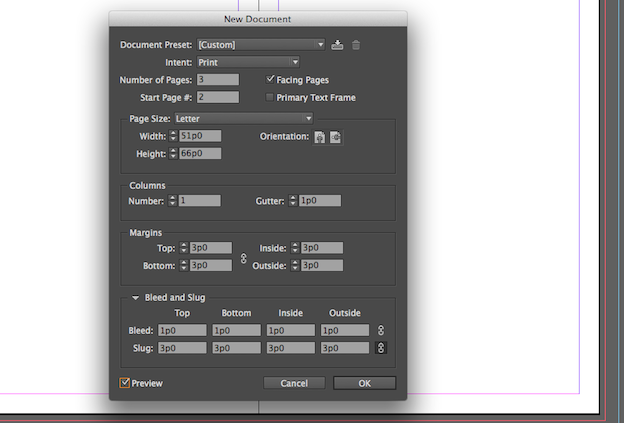

Set that text frame to non-printing in the Attributes panel and you’re good to go! Import that into the Data Merge panel, make a small text frame on your artwork and place a data merge item in there (just click on the first item in the data merge panel to add it). Then, of course, there’s also many other imposition programs for Acrobat that could probably do this.įinally, here’s a wacky idea, suggested by (I think… can’t remember now) Peter Gold or Bob Levine or some other clever person: Use Data Merge! The trick is to get any text file (a simple one, like this list of numbers, works well). BusinessCards CE (could be used for more than cards).

For example, here are a couple of sites you might take a look at (warning: I have either not used these, or used them too little to have an opinion yet… don’t take this list as a recommendation): For example, if you need to fix a tiny typo in something you’ve duplicated 10 times on a page, you’d have to fix that typo 10 times.Īnother - probably better - solution is to use some third-party imposition software. Well, yeah, you could do that, though it’s messy and hard to update.
CREATE MERGED DOCUMENT INDESIGN PDF
Why export as an INDD or PDF file, instead of just using Edit > Step and Repeat to duplicate the page objects themselves over and over in a document? Hm. Of course, you could also do this in CS or CS2 or whatever by using PDF files (without the auto-update feature) - just export the artwork as a PDF and place that PDF.

If you later edit the original INDD file, it’s updated automatically on the n-up page. Then use Step and Repeat to duplicate the “image” at will. Just export the whole page (or whatever part of the page you want) as an INDD file and place that file back into another InDesign document. One of my favorite ways to print something “n-up” (that is, print the same thing multiple times in a grid on a page) is to use the LayoutZone script. If you’ve been frustrated with making booklets, or trying to make printer spreads, or printing your artwork two-up on a page (or 10-up, or whatever), or a half-a-dozen other imposition-related tasks, you’re probably thinking, “Gosh, there has to be a way.” But no… You can’t do it! Whew, that feels better getting out of my system.īut there’s always a workaround. Look, someone needs to come out and just say it: InDesign does not have powerful imposition tools.


 0 kommentar(er)
0 kommentar(er)
